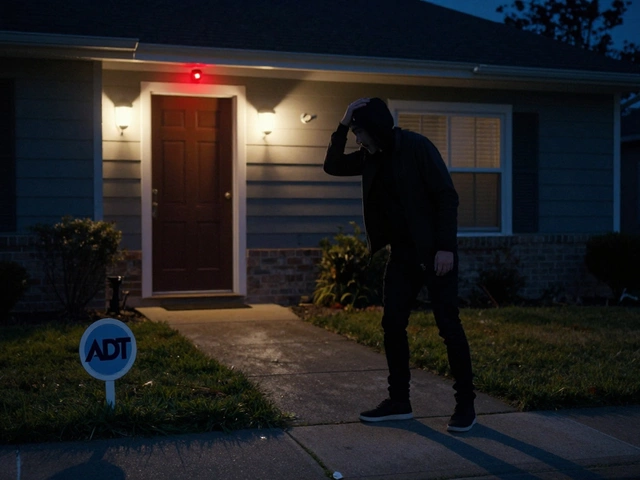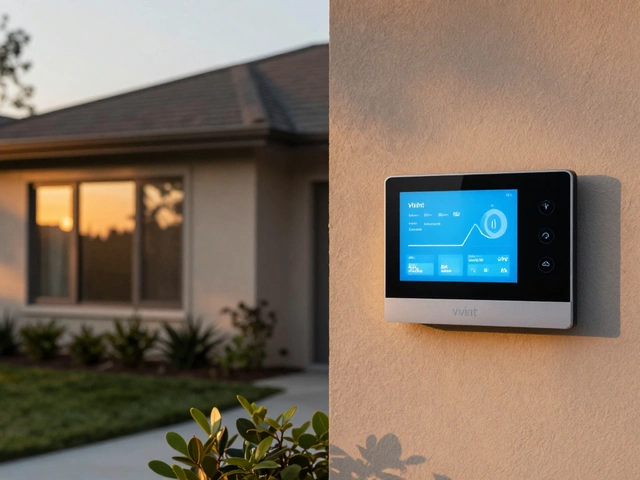WEP Security Explained – Why It’s Outdated & What to Use Instead
Ever set up a router and saw the option "WEP" and thought it was the latest protection? You’re not alone. WEP (Wired Equivalent Privacy) was the first attempt to keep wireless traffic private, but today it’s more of a liability than a shield. If you still run WEP on any of your devices – especially security cameras or smart doorbells – you’re practically handing the keys to burglars.
Let’s break it down in plain English. WEP encrypts data with a static key that never changes. Hackers can sniff the wireless traffic, capture a handful of packets, and use free tools to crack the key in minutes. Even powerful laptops can break it in seconds. The result? Anyone within range can watch your video feeds, intercept your baby monitor streams, or even hop onto your network to launch bigger attacks.
What WEP Is and How It Works
WEP was introduced in the late 1990s as part of the original 802.11 Wi‑Fi standards. The idea was simple: make a wireless link as secure as a wired Ethernet connection. In practice, it used the RC4 stream cipher with a 40‑ or 104‑bit key. The key was entered manually on the router and every device, and it never changed unless you re‑configured everything.
Because the key stays the same, the same encryption pattern repeats over and over. Attackers capture enough traffic, run a statistical analysis, and reveal the key. The process is well documented, and dozens of free programs can do it instantly. That’s why security experts stopped recommending WEP more than a decade ago.
Better Alternatives for Modern Homes
Today you have three solid options: WPA, WPA2, and WPA3. WPA (Wi‑Fi Protected Access) was the first fix for WEP’s flaws, adding a rotating key called TKIP. WPA2, the current standard for most devices, uses the much stronger AES encryption and a unique key for each session. If your router supports WPA3, go for it – it adds even tougher protection and a smoother setup experience.
Switching is easier than you think. Log into your router’s admin panel (often 192.168.0.1 or 192.168.1.1), find the wireless security settings, and select WPA2‑PSK or WPA3‑SAE. Then create a strong password – at least 12 characters, mixing letters, numbers, and symbols. Update the password on every device, including smart cameras, video doorbells, and baby monitors.
Don’t forget the guest network. If you have visitors who need Wi‑Fi, give them a separate SSID that’s isolated from your main devices. That way even a compromised guest device can’t see your security feeds.
For added peace of mind, enable the router’s built‑in firewall and turn off WPS (Wi‑Fi Protected Setup). WPS was designed to make onboarding fast, but it also opens a backdoor that attackers love.
Finally, keep your router firmware up to date. Manufacturers release patches that fix known vulnerabilities, and an outdated router can undo all the encryption work you’ve done.
Bottom line: If your network still shows "WEP" in the security dropdown, it’s time for an upgrade. Switch to WPA2 or WPA3, use a strong password, separate guest traffic, and update your firmware. Doing these few steps will lock out casual snoopers and keep your smart home—cameras, alarms, baby monitors—safe from prying eyes.






